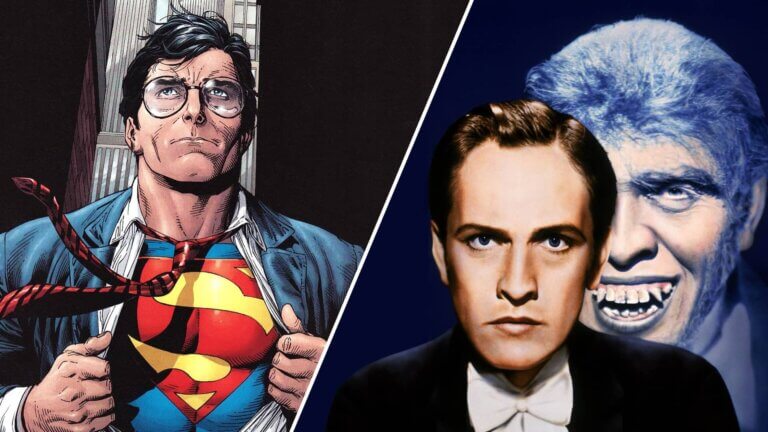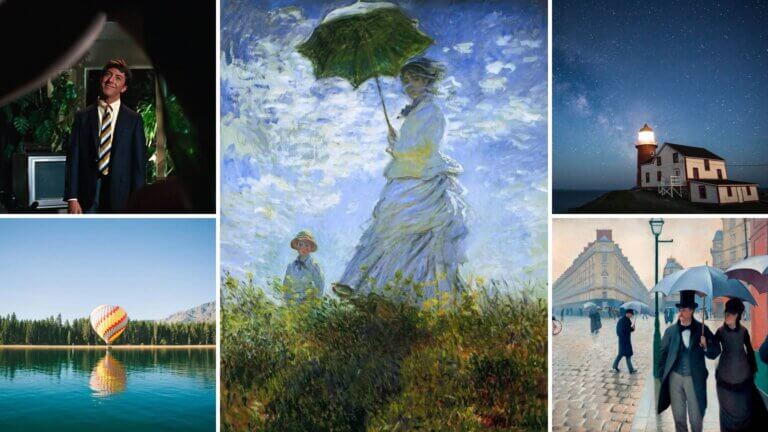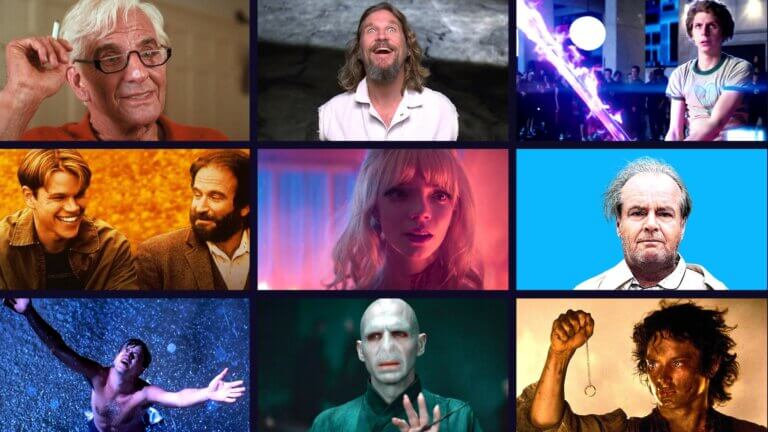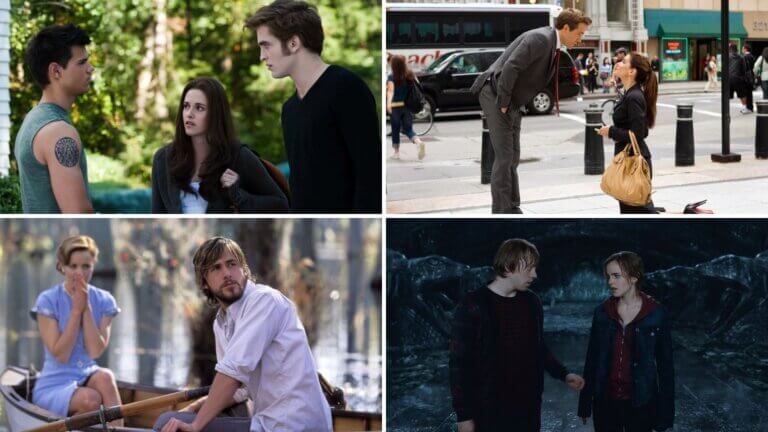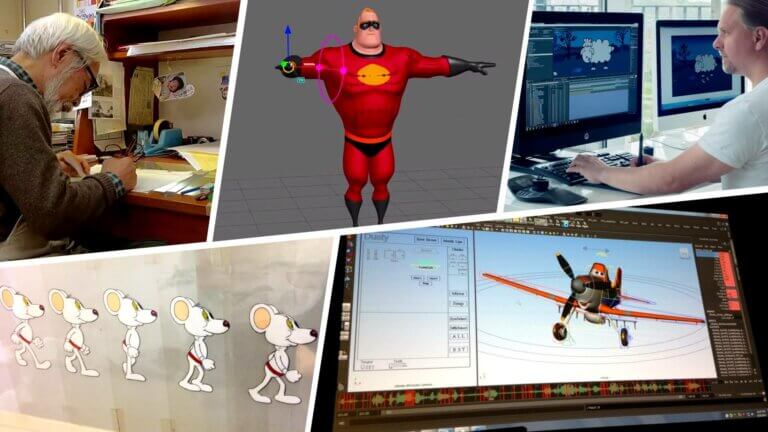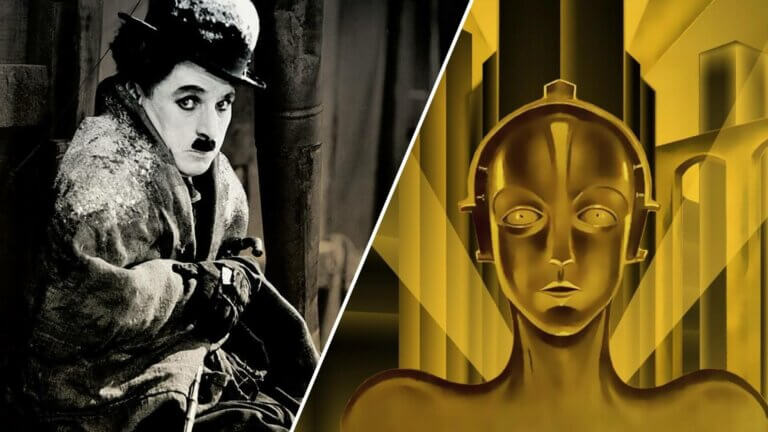Ever noticed how your favorite character in a TV show always seems to be sipping from a certain brand of coffee or how the hero in a blockbuster movie never fails to drive the same flashy car? It's not by chance. This is the subtle art of product placement, a marketing strategy so seamlessly woven into our entertainment that we barely even notice it. These placements captivate our attention, subtly molding our perceptions and desires, often without our conscious awareness.Continue reading What is Product Placement in Movies and TV — With Examples
An origin story serves as the backbone of any iconic character, offering a glimpse into their past, their motivations, and the circumstances that forged their identity. As we delve into the roots of celebrated characters, we not only understand their journey but also appreciate the complexities that make them uniquely compelling. Continue reading What is an Origin Story — How Characters Truly Begin
Since the dawn of time, storytelling has woven itself into the tapestry of our human existence. It's in the pages of our favorite books, on the silver screen of our cherished cinemas, and even nestled within the confines of our daily social media scrolls. A good story, one that truly seizes our attention, is a potent force indeed.But what makes a story resonate? What binds us to it, keeps us turning the page or hitting 'play next'? The secret lies in its narrative arcContinue reading What is a Story Arc — How Narratives Are Shaped and Built
An alter ego, often seen as a second self or a parallel identity, reflects the dual nature of the human character, encompassing aspects that may be suppressed or unexplored in a person's primary persona. A fascinating concept, it not only permeates realms of psychology and personal development but also significantly shapes literary narratives and pop culture. This exploration will analyze the intriguing world of alter egos, unearthing the inherent dichotomies that define our human existence.Continue reading What is an Alter Ego — The Duality of a Character
Countless great artworks employ the use of focal points, and this is no coincidence. A focal point is an essential element in art that guides the viewer's eye toward a specific area of interest within the piece. It serves as a visual anchor and helps to create balance, depth, and emphasis within the composition. In this article, we will explore the importance and impact of focal points in art and how they contribute to creating a captivating visual experience for the viewer. Continue reading What is a Focal Point in Art — Composition Techniques 101
You're out there, camera in hand, ready to capture the world through your lens. But there's a hitch. Your pictures are either too dark or blindingly overexposed. Or maybe everything is in focus when you only want your subject to be. The culprit? The F-stop. It's a concept that can make or break your photography game. In this article, we'll explore what F-stop is, how it controls exposure and impacts depth of field, and why it's so crucial for your photography. Continue reading What is an F-Stop in Photography — A Beginner’s Guide
In the vast realm of literature, characters either evolve or remain the same throughout the narrative. This dichotomy is not just about character development, but also significantly contributes to the unfolding of the plot and the conveyance of themes. Thus, understanding the character types of a static vs dynamic character plays a pivotal role in extracting the underlying meaning and appreciating the depth of literary works or writing your own stories.Continue reading Static vs Dynamic Characters — And Why Writers Use Them
Have you ever recognized a familiar pattern or theme in a romance novel or movie that you've read or watched before? This recurring theme is known as a trope, and it represents a significant aspect of storytelling. In this article, we will delve into the world of romance tropes, exploring their definitions, common types, and why they are crucial to creating satisfying romantic narratives.Continue reading What is a Romance Trope — A Guide to Romantic Storylines
The world of animation is vast and exciting, filled with endless possibilities for creativity and storytelling. At the heart of this world are animators, skilled artists who bring characters and stories to life through movement and expression. In this article, we'll explore the fascinating world of animators. We'll examine their job descriptions, uncover the skills required to excel in this field, and discover what makes this profession truly captivating. Continue reading What Does an Animator Do — Job Description Explained
Silent films, the heart of cinema's dawn, spoke volumes without uttering a word. They taught us to see, not just look; to feel, not just hear. Each frame was a canvas, each gesture a dialogue. It was here that cinema found its voice amidst silence. Their essence? Powerful storytelling that transcends time and technology. Continue reading What is a Silent Film — How Movies Speak Without Words



